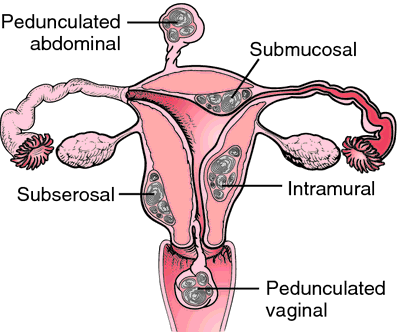A large tumor, most commonly referred to as a "leiomyomatous", is generally benign (0.1%). A large fibroid tumor may result in pain, nausea, fatigue, difficulty breathing, and in severe cases, death.
Large and small fibroids are both a cause of pain, and although the causes of fibroids can be different for each individual, many experts agree that fibroids are usually caused by a combination of factors. There are a few factors that are known to increase the risk of developing a large fibroid.
Some of the known risk factors include: Age: Fibroids tend to develop with age; they tend to be more common in women than men. Fibroids are also more common among African Americans.
Obesity: Fibroids are more common in obese people. In women, they are more common in overweight women. Obesity increases the chances of getting large fibroids.
Hormones: Men are more likely to develop fibroids if they have certain hormones in their blood, such as androgen, estrogen, and progesterone. These hormones cause the growth of uterine fibroids.
Polycystic Ovary Syndrome: Polycystic Ovary Syndrome (PCOS) causes hormonal imbalances in the body that can often lead to fibroid growth. If a woman has PCOS, she should talk to her doctor about taking hormone supplements to try to restore hormonal balance again.
Other reasons: It is unclear why some women develop fibroids while others do not. Many studies show that some of the risk factors for fibroids include: Family history: Fibroids are very common in families; Consequently, women with a family history of fibroids may be at greater risk of getting fibroids.

Women who smoke and use tobacco who have been diagnosed with breast cancer or have received chemotherapy are also at greater risk of developing fibroids
It is important for all women to know their own risks and benefits of breast cancer. It is also important to learn about the various symptoms that may signal the possible presence of fibroids and what medical tests are available to determine if this condition may be present. You can find out about all this on the website iHealzy.com.
Most cases of leiomyoma are slow growing; however, some are more aggressive and can be very dangerous. For example, the most common type of leiomyoma is called in situ leiomyoma. This is a rare type of leiomyoma and occurs in tissues around the uterus or ovaries, often in the abdomen.
In situ leiomyoma occurs within the tissues and fluids that line the uterus or the fallopian tubes. Because the cancer is not growing anywhere else on the body, it does not spread to nearby organs like the liver or other parts of the body. However, if the fibroid grows larger and spreads out, it can spread to nearby organs and spread further.
The most aggressive type of leiomyoma is called the invasive leiomyoma, because it begins to grow outside of the uterus or fallopian tubes. This kind of lemma usually grows rapidly, and it may spread to other organs such as the lungs or the bladder. This type of lemma is usually cancerous and often spreads to other parts of the body, which makes treatment difficult, if not impossible.
In addition, some types of leiomyoma often spread to surrounding areas. The most common is called an endometrial fibroid, which can spread into the abdominal cavity, to the lungs, heart, liver or kidney, and possibly the bone marrow. Other cancers and disorders can sometimes be found in the abdominal cavity, as well.
There are several treatment options available to treat leiomyomas. Some are surgery, radiation therapy, hormone therapy, and surgery that involves removing the entire fibroid. Chemotherapy, in which medicines are used to kill the cancerous cells in the bloodstream, is sometimes used, but it is a long-term treatment.
While there is no guarantee of being able to treat this cancer completely, there are ways to slow it down and make it less aggressive. This helps to protect the patient's quality of life and keep them from having to deal with all the side effects of chemotherapy. If you have any concerns about the treatment you are considering for your condition, talk to your doctor or cancer center for advice on how to handle it.

Leave a Reply